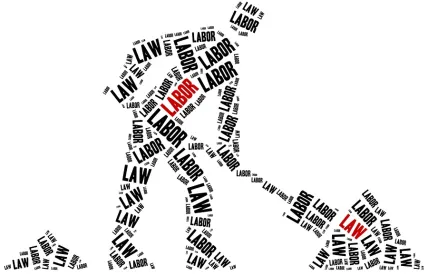On December 13, 2019, the National Labor Relations Board modified regulations implemented by the NLRB in 2015 that dramatically accelerated the complex union election process.[1] The 2015 rules were appropriately nicknamed the “quickie” or “ambush” election regulations. They compelled employers to make very quick assessments of important issues for the sake of meeting tight deadlines. The new rule that the NLRB finalized on December 13th gives employers more time to thoughtfully consider their positions.
The NLRB’s new rule related to election timing does not entirely dismantle the Obama-era regulations that went into effect in 2015, but considerably softens those regulations. The same issues remain relevant to determining the appropriate unit, and who is eligible to vote in the election. But, the new rule loosens the 2015 time limitations that caused employers to use the term “ambush” to describe the circumstances under which they were compelled to address those issues. Here is what you need to know:
Timing of Pre-Election Hearing
One of the 2015 rules required the pre-election hearing to be scheduled eight calendar days after the employer received notice of the hearing. Under the new rule, the pre-election hearing must be held within fourteen business days after the employer receives notice. Importantly, the new rule uses business days instead of calendar days in calculating the date of the hearing.
Timing of the Election
Under the 2015 rules, regional directors were required to set elections within fourteen days of issuing a Decision and Direction of Election. (“DDE”). The new rule directs NLRB regional directors to set elections no fewer than twenty business days after a DDE. Taking into account the fact that employers also have more time to prepare for a hearing (if there is one), obviously, the typical period between the filing of a petition and an election is likely to be substantially longer under the new rule.
Posting Notice of Petition for Election
Another Obama-era election regulation involved the Notice of Petition for the election. Under the old rules, after a petition was filed, the employer had to post and distribute a Notice of Petition for Election within two business days after service of the notice. The new rule relaxes the time frame and requires that same notice to be posted and distributed within five business days.
Filing Statement of Position Following Petition for Election
Whereas the old rules required employers to file their Statement of Position by noon the day before the hearing was scheduled to begin (in effect, only seven calendar days after receipt of the petition), the new rule provides the employer eight business days to file. Preparing the Statement of Position (which, among other things, includes the employer’s position on the appropriateness of the petitioned-for unit and a list of employees in the proposed unit) is a substantial undertaking for employers. The relaxed deadline under the new rules will be a welcome change. And, the new rule also requires unions to file a Statement of Position responding to the issues raised by the employer, due at noon three business days before the hearing is scheduled to begin.
Employee Contact Information & Voter List
Additionally, employers have long been required to generate a voter eligibility list containing name and contact information for eligible voters. Under the Obama regulations, that list was due two business days before the Direction of Election and was required to be submitted to the union directly, not the NLRB. The regulations also required employers to conduct the burdensome task of including voters’ home phone numbers, cell numbers, and personal email addresses on that list. The new rule gives employers five business days to provide the list.
Disputes Regarding Voter Eligibility
The new rule further directs that disputes over voter eligibility, which had previously been delayed until after the election was held, to be litigated before the election. If, however, the parties agree to vote despite the existence of the dispute, the parties may agree to resolve those disputes after the election.
Conclusion
In summary, the new rule makes significant changes to time limits imposed by the Obama-era regulations without changing the substance of the issues that employers and unions are accustomed to dealing with. The new rule brings balance back to the process by lifting from employers the burden of having to assess those issues and develop the evidence to address them in an unrealistically short time frame.





 />i
/>i
